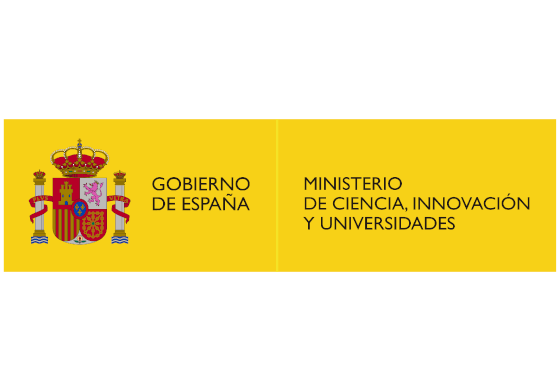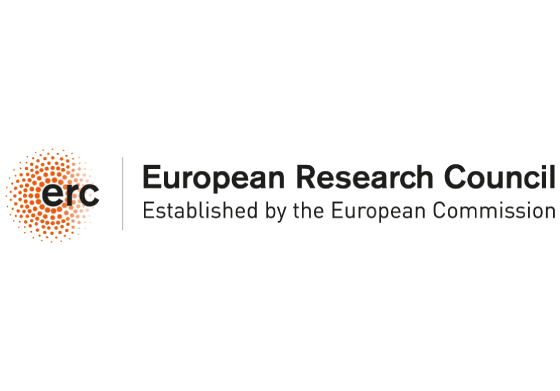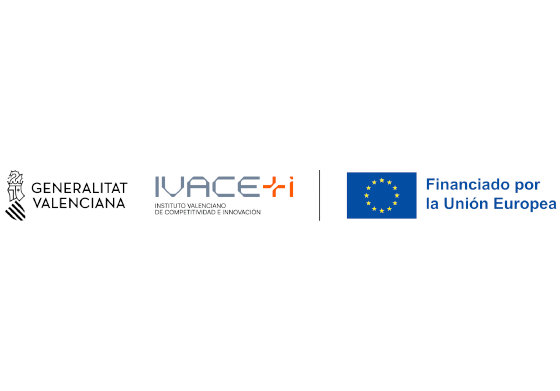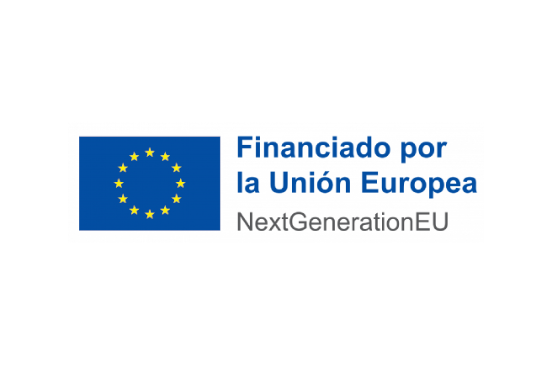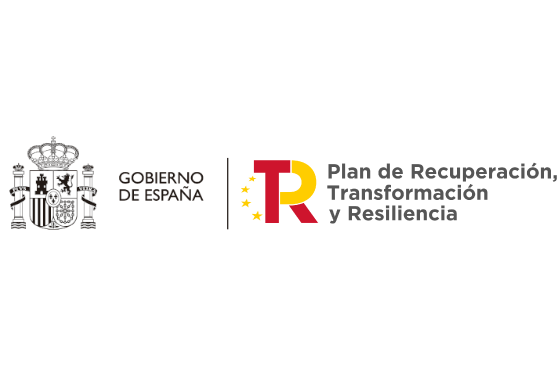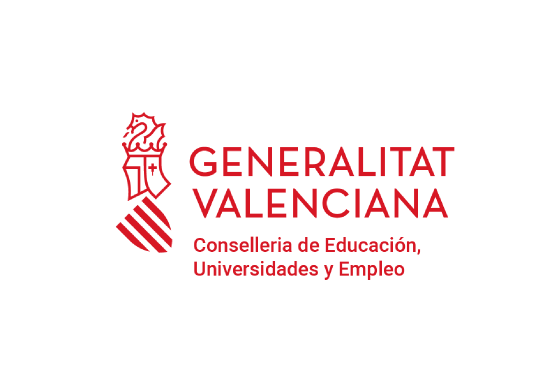Invited seminarAuthor: Prof. Soon-Gil Yoon
Affiliation: Department of Materials Science and Engineering, Chungnam National University, Daejeon 34134, Republic of Korea.
When: Friday, January 31, 2025 - 10:00 to 11:30Where: Saló d'actes del Edifici d'Investigació II
NB0003CC
Presented by: Dr. Beatriz Julián
Abstract:
Halide perovskite, renowned for its multifunctional properties, shows considerable promise for realizing self-charging power systems. In this study, a lead-free methylammonium bismuth iodide (MA3Bi2I9) perovskite is used to create a self-charging power unit (SPU). This involves constructing a hybrid piezoelectric-triboelectric nanogenerator (Hybrid-TENG) and utilizing MA3Bi2I9 for energy storage as an anode in a lithium-ion battery (LIB). Initially, MA3Bi2I9 nanorods are synthesized and composited with a polystyrene-block-poly(ethylene-ran-butylene)-block-polystyrene polymer. The dielectric and mechanical properties of composite films having perovskite loading content are investigated. The optimized Hybrid-TENG exhibits superior performance, generating a voltage of 537 V, current density of 13.2 μA/cm², and maximum power density of 3.04 mW/cm2, which can be attributed to the high piezoelectric coefficient of MA3Bi2I9 nanorods (20.6 pm/V). A MA3Bi2I9 thin film, serving as an electrode in LIB, demonstrates a high specific capacity of 2378.9 mAh/cm3 with a capacity retention of 87.5% over 100 cycles, underscoring its stable performance. Furthermore, a Hybrid-TENG is employed to charge the MA3Bi2I9-based LIB, thus realizing an SPU for driving portable electronics. This study highlights the promising potential of perovskites for developing efficient nanogenerators and LIBs, paving the way for sustainable energy solutions in small-scale electronics.
Biography:
Prof. Soon-Gil Yoon received his Ph.D. from the Korea Advanced Institute of Science and Technology (KAIST), Korea in 1988. He is a distinguished professor in Department of Materials Science and Engineering, Chungnam National University, Republic of Korea. His current research interests are Thin film capacitor, Fusion technology of Solar cell, Thermoelectric, and Piezoelectric using one material and one structure, In-situ graphene growth with no transfer at 100 oC via Plasma-assisted thermal CVD including n-type and p-type graphene FETs for digital logic device applications. He also published the results for applications of transfer-free graphene such as high stretchability and flexibility, etc. He has published at many Nano Energy Journals the results of the mechanical energy harvesting using flexoelectric, piezoelectric, and triboelectric energy nanogenerators. Organic/Inorganic perovskite thin films such as MAPbI3, MASnI3, MAPbCl3, MA3Bi2I9, etc deposited by CVD were applied at photodetectors. He had published about 430 peer-reviewed SCI papers including Nano Letters, Advanced Materials, ACS Nano, Nano Energy, J. Mater. Chem. A, Advanced Science, Nano Today, Chemical Engineering Journal, ACS Energy Letters, Advanced Energy Materials, etc. He also has actively worked with three different big projects from Korea government and was chosen at 1, March, 2022 as a distinguished professor in CNU.

